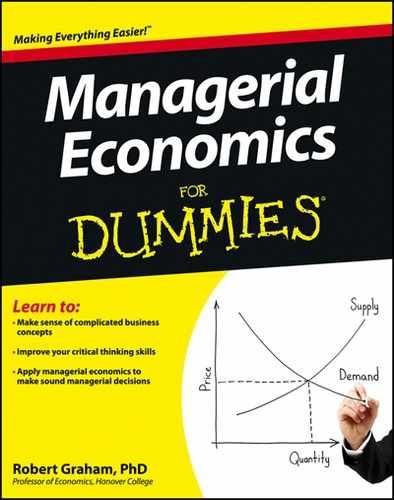Book Description
The easy way to make sense of managerial economics
Does the study of Managerial Economics make your head spin? Relax! This hands-on, friendly guide helps you make sense of complex business concepts and explains to you in plain English how Managerial Economics enhances analytical skills, assists in rational configuration, and aids in problem-solving.
Managerial Economics For Dummies gives you a better understanding of all the major concepts you'll encounter in the classroom: supply and demand, elasticity, decision-making, quantitative analysis of business situations, risk analysis, production analysis, pricing analysis, capital budgeting, critical thinking skills, and much more.
Tracks to a typical Managerial Economics course
Includes easy-to-understand explanations and examples
Serves as a valuable classroom supplement
If you're enrolled in business courses looking for a supplemental guide to aid your understand of the complex theories associated with this difficult topic, or a manager already in the corporate world looking for a refresher, Managerial Economics For Dummies has you covered.
Table of Contents
- Cover
- Title Page
- Table of Contents
- Introduction
- Part I: The Nature of Managerial Economics
- Part II: Considering What Side You're On in the Decision-Making Process
- Part III: Recognizing Rivals: Market Structures and the Decision-Making Environment
- Chapter 9: Limited Decision-Making in Perfect Competition
- Chapter 10: Monopoly: Decision-Making Without Rivals
- Chapter 11: Oligopoly: I Need You
- Chapter 12: Game Theory: Fun Only if You Win
- Chapter 13: Monopolistic Competition: Competitors, Competitors Everywhere
- Chapter 14: Increasing Revenue with Advanced Pricing Strategies
- Part IV: Anticipating Surprises: Risk and Uncertainty
- Part V: The Part of Tens
- Cheat Sheet
